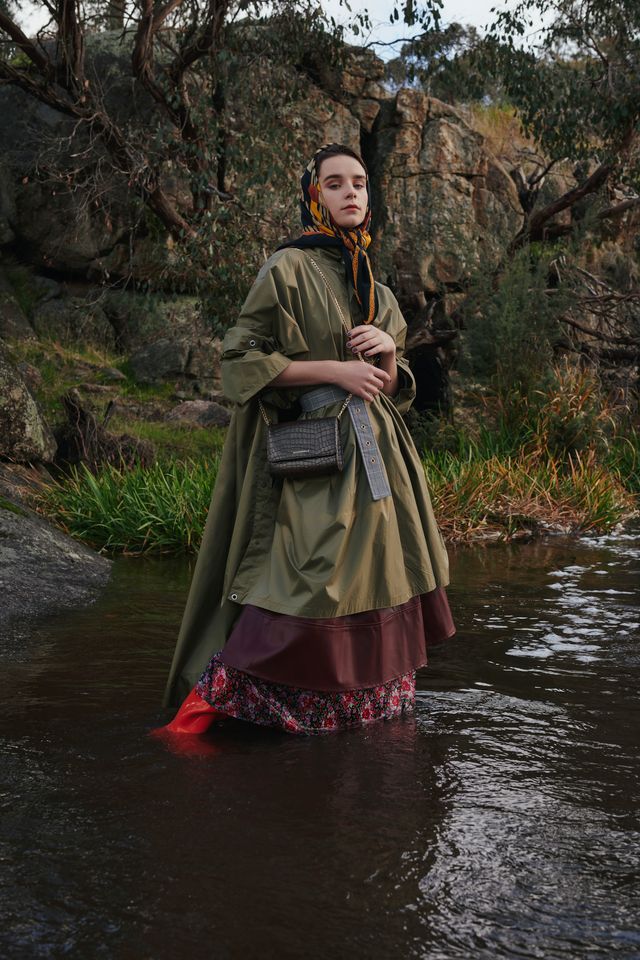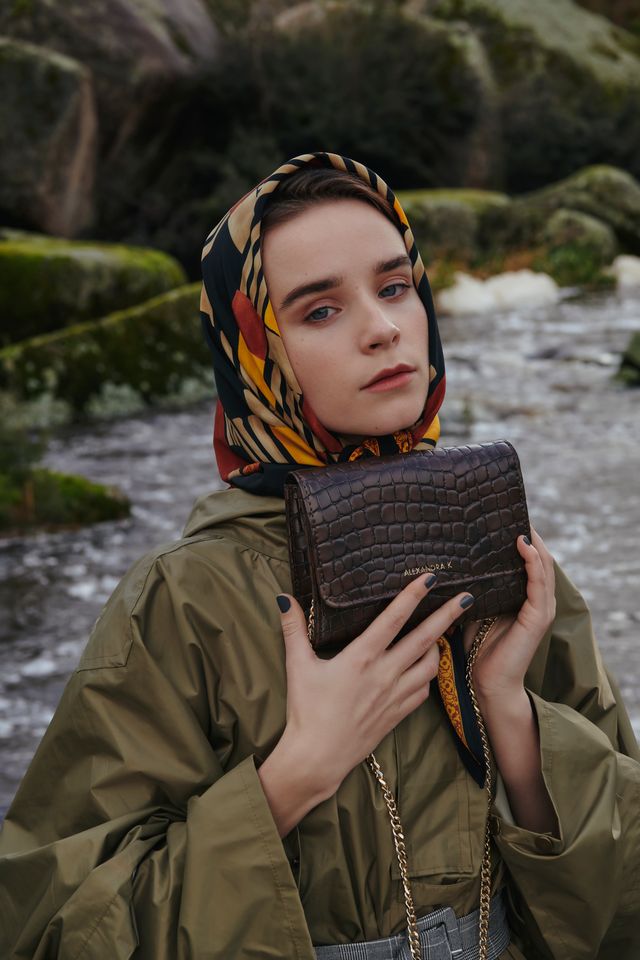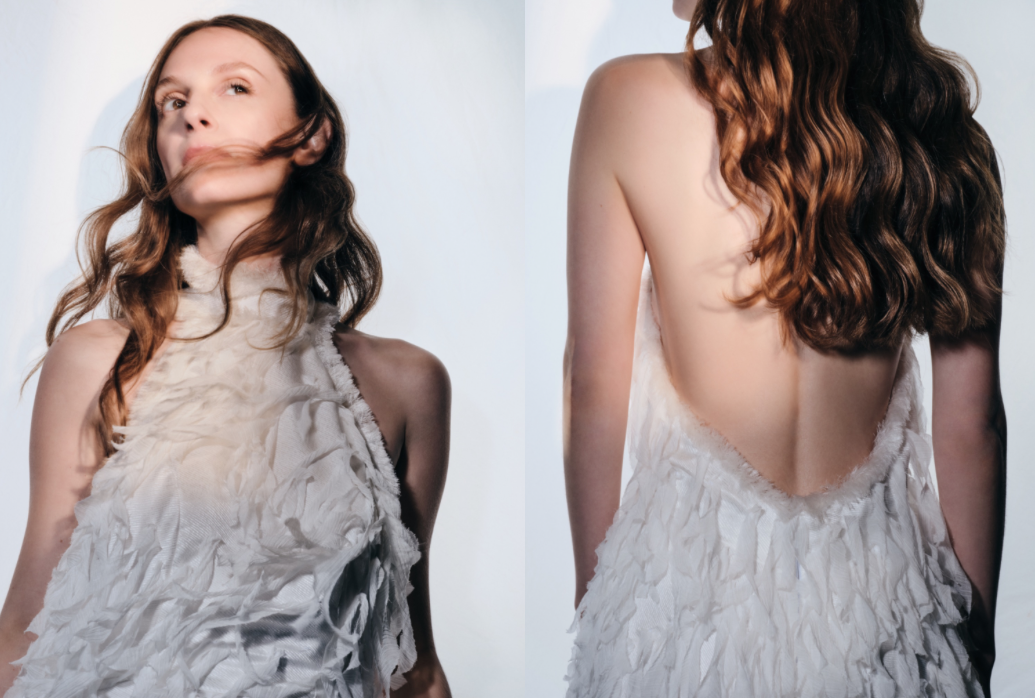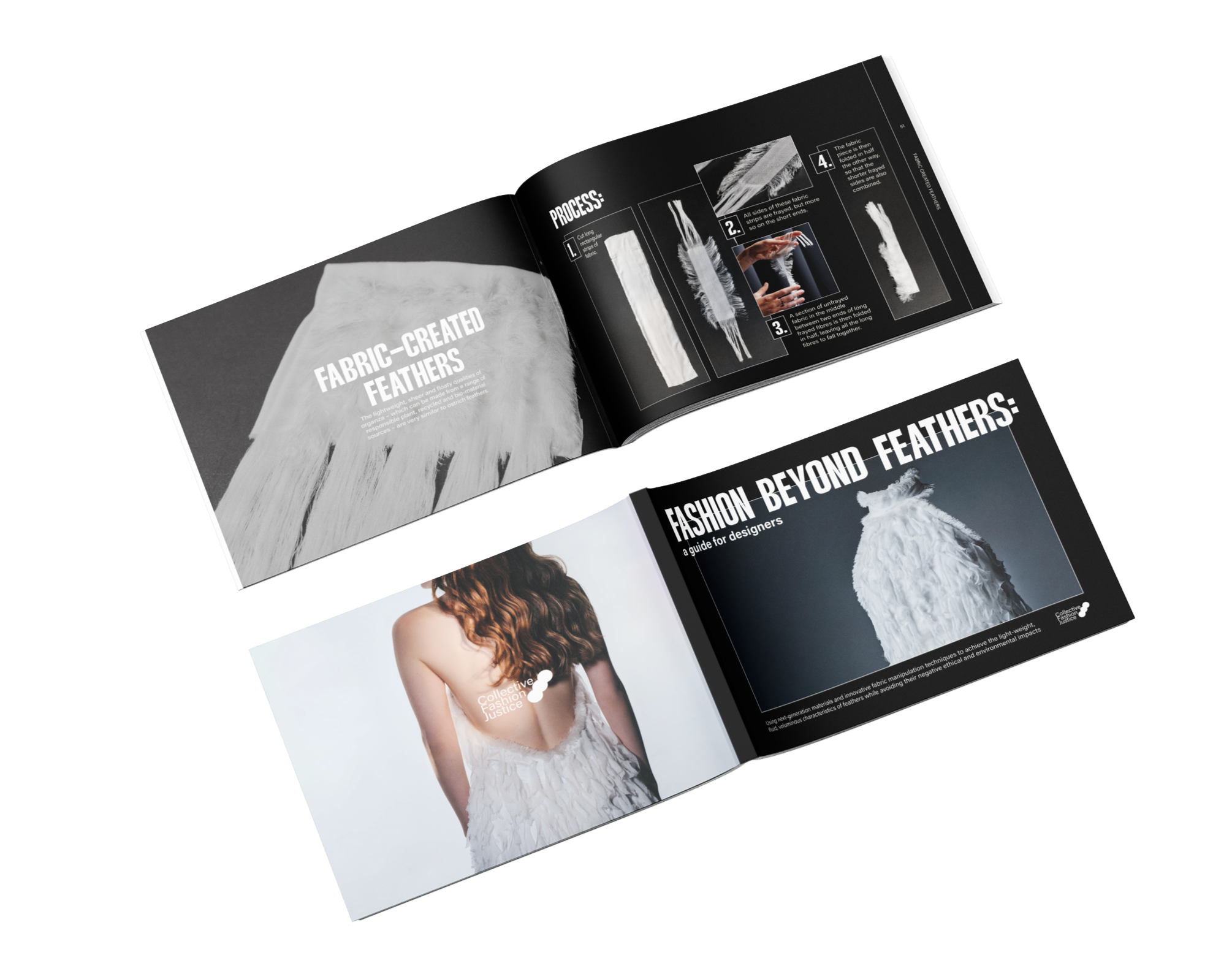At the beginning of October, Condé Nast banned fur from all of its publications, including Vogue. Fur will not be featured in editorials nor advertisements going forward. Just a few days earlier, Dame Jane Goodall, one of the world’s most respected conservationists, passed away at 91 years old. Jane had advocated not only for a ban on fur use in fashion, but the cessation of all wildlife trade and exploitation across the industry.
Aligned to Goodall’s vision, Copenhagen Fashion Week, and other smaller fashion week events like Berlin, Amsterdam, Melbourne and Australian Fashion Week are now all completely wildlife-free. No fur, wild animal skins (like snake, crocodile, alligator, lizard and ostrich skins), or feathers (from ostriches, peacocks and so on) are featured. London Fashion Week is free from fur and wild animal skins alike. In my role as founding director of Collective Fashion Justice, I supported these fashion councils to write these important policies.
Such policies matter, because wildlife matters. Animals matter. A wild animal – whether they are captured from their natural habitat or kept in captivity – is someone worthy of protection. In just 50 years, we have lost 73% of all wildlife populations. This is something none of us want: a crisis of biodiversity contributing to ecological collapse, and devastating, when we consider each thinking, feeling life lost behind this statistic.
As more policies protecting wildlife are enacted, fashion designers are finding they help to further – not stifle – creative opportunities. When LVMH prize-winning Danish designer Niklas Skovgaard spoke to CFJ for our feather-free design guide, he said that CPHFW’s feather-free policy was “an inspiring opportunity for growth and reinvention” that pushed him to “think more creatively” as it “encourages innovation and allows me to approach each piece in a more experimental and personal way”. The designer swapped out ostrich feathers for techniques using layers of manipulated, deadstock satin ribbons.
These explorations of new ideas keep fashion alive: at Paris Fashion Week this month, Bottega Veneta’s use of recycled fiberglass as a movement-filled, voluminous fiber was far more intriguing than a more expected use of ostrich feathers in its place. Uniquely embossed bags and shoes can offer more character and brand identity than reliance on the textures of a snake’s skin. Equally, an array of available innovative materials mean aesthetics can remain unchanged as we wish: entirely plant-based and recycled animal-free furs traipsing down runways throughout the last fashion seasons have shown that clearly.
While over a quarter of Americans are now avoiding animal-derived fashion altogether, polling also shows that 70% of the American public want fashion companies to invest in sustainable, animal-free materials and reduce their reliance on animal use in fashion. Fur is the animal material Americans are most concerned about. This is unsurprising, given that the killing of animals for fur, as well as all wildlife materials, amounts to needless suffering both specifically for the fashion industry and very feasibly replaced with other more innovative and imaginative materials.
Those funded to promote the trade of wildlife claim that fashion’s killing of wild animals is a form of ‘conservation’. But, we only need to look at the barbaric trophy hunting of rhinos and lions to see how wrong this outdated argument is: commodifying and killing someone of a particular species will not save that species, it will just devalue and harm them further.
Not so long ago, Hermès sold whale skin bags, while American magazines advertised wolf, bear and dog skin coats and gloves. London auction houses sold Amazonian hummingbirds dipped in gold as jewellery. It is inspiring and hope-inducing to see the progress we have made since then. It is also an invitation for us to consider how our current use of still-legal wild animal skins and parts will be viewed not so far into the future. It is an invitation for designers to pioneer in a transition to a fashion industry operating in genuine alignment with nature – taking inspiration, rather than life itself – from it.
Emma Hakansson is the founding director of charity Collective Fashion Justice, and the award-winning author of Total Ethics Fashion. She was listed as a 2025 Vogue Business 100 Innovator, and recently featured on the cover of Vogue Poland’s ‘Leaders’ special edition. She consults and supports designers and businesses to improve their policies and material sourcing strategies from an environmental and ethical perspective.









